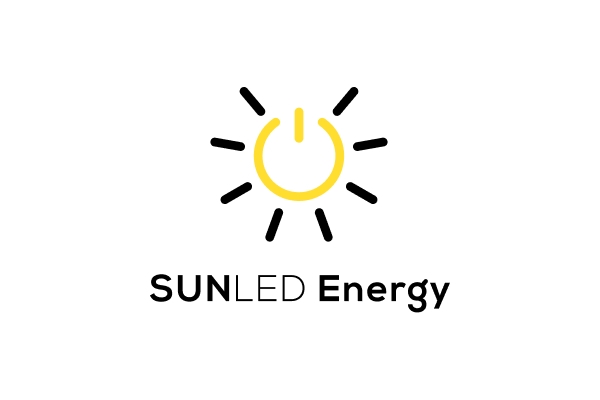National scheme by 2025 local schemes ASAP, 12 May 2017
EECCA Media Release
The EECCA has recommended to the Australian Government that a national market-based energy efficiency scheme be introduced by 2025 based on the proven success of such schemes in Victoria, New South Wales, Australian Capital Territory and South Australia. Current schemes should be expanded and extended and other jurisdictions supported and encouraged to introduce local schemes as soon as possible. This would enable all Australians to benefit from immediate, rapid and ongoing reductions to customer energy bills and greenhouse gas emissions, according to the Energy Efficiency Certificate Creators Association (EECCA).
“All Australians need access to the latest products and services that can significantly reduce their spiralling energy bills. With ongoing market barriers to the uptake of energy efficiency, without such schemes there is no incentive to install more efficient lighting, air conditioning and refrigeration,” according to EECCA President, Hamish McGovern.
In its submission to the Australian Government’s Climate Change Review May 2017, the EECCA demonstrated the ongoing success of the current schemes. The schemes have been one of the most successful policy mechanisms to date to help reduce residential and commercial customers’ energy bills. The schemes have also proven to be the lowest cost form of greenhouse gas abatement.
“Activities installed under the Victorian Energy Efficiency Target in 2016 delivered nearly 50 per cent more greenhouse gas abatement than the Target. This was achieved at lower-than-expected cost. If we were to increase this target slightly and roll it out across Australia, it would deliver energy savings of 43 Mt/a by 2030. This would provide 50 per cent of the abatement task required by the electricity sector to meet Australia’s climate change target to reduce emissions to 26-28 per cent on 2005 levels by 2030. This is readily achievable.
“In terms of electricity bill savings, the schemes have enabled rapid technology transformation. To date the majority of schemes have focussed on residential installations with LED downlights providing dramatic energy reduction and customer bill reductions.
“LED high bays have demonstrated equally exceptional transformation. Performance has improved dramatically in two years so current installations achieve electricity savings of 75 per cent and more. As high bays are typically installed in industrial and commercial settings with extended operating hours of 5,000 hours per annum, energy savings effectively make a baseload contribution.
The schemes have delivered 4,000 jobs to date.
The EECCA submission provides product and project case studies, all activities currently available via the existing schemes, and emission abatement target opportunities. There is significant potential to increase activities available to all types of customers.
… Ends
Media please contact:
Hamish McGovern - EECCA President, m 0416 296 827, Ric Brazzale - EECCA Policy Sub-committee, m 0419 522 659 or Jessica Lynch, EECCA Communications, m 0417 539 377, comns@eecca.org.au, www.eecca.org.au, EECCA Submission: Review of climate change policies – Discussion Paper 5 May 2017
(PDF)






































